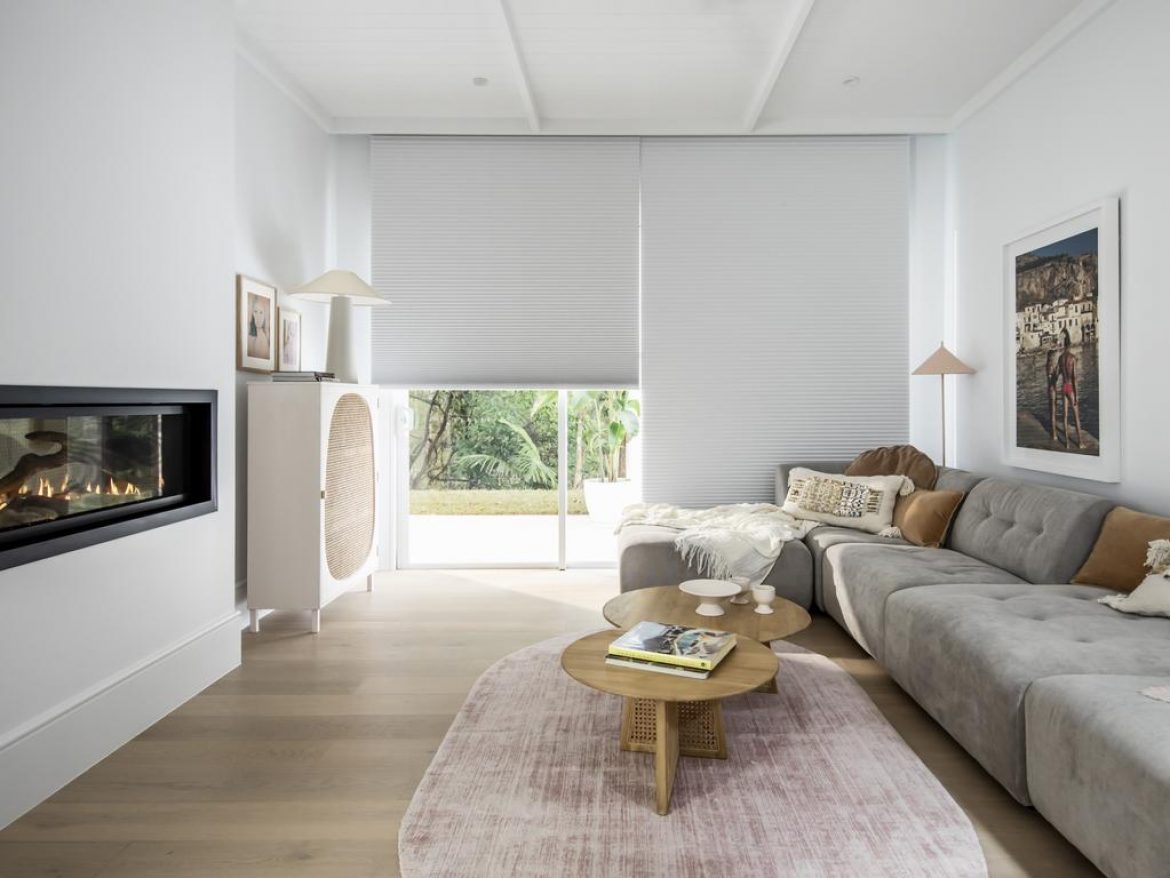
Window coverings, like the honeycomb Duette blinds by Luxaflex, can help prevent cold air from entering the room once it has hit the glass. luxaflex.com.au
Most of us can’t get through the whole of winter without some sort of heat source. Whatever you choose, make sure it’s the right size for the space.
Josephine says most of us could manage living in smaller houses that would be easier to keep warm.
“Everyone wants open plan now but think back to a lot of older homes that were smaller,” she says. “You’re not trying to heat large, cavernous spaces.”
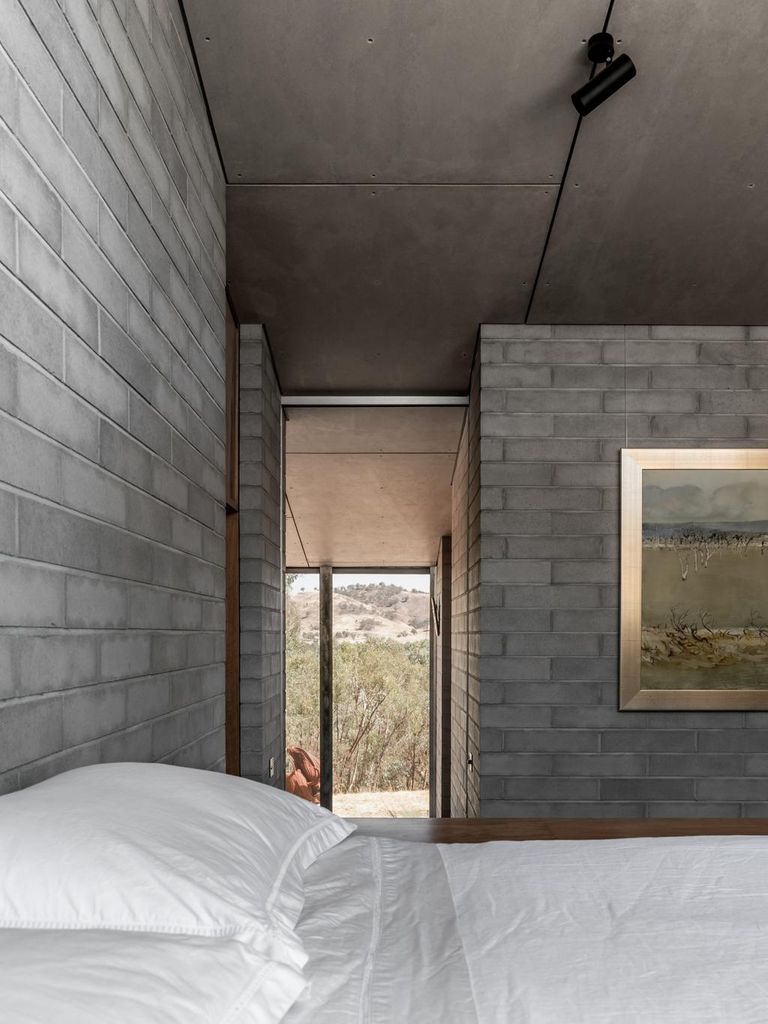
This Albury house by Kerstin Thompson Architects uses brick to prevent heat loss in winter and heat gain in summer. kerstinthompson.com Picture: Dan Preston
Your friends may not comment on it when they come by, but insulation is the unsung hero for keeping you comfortable all year round. If the budget doesn’t stretch to every part of the house, start by installing or replacing batts in the ceiling, where most hot air escapes. Alternatively, use a reverse brick veneer construction where the face brick on the inside dramatically slows down heat loss.
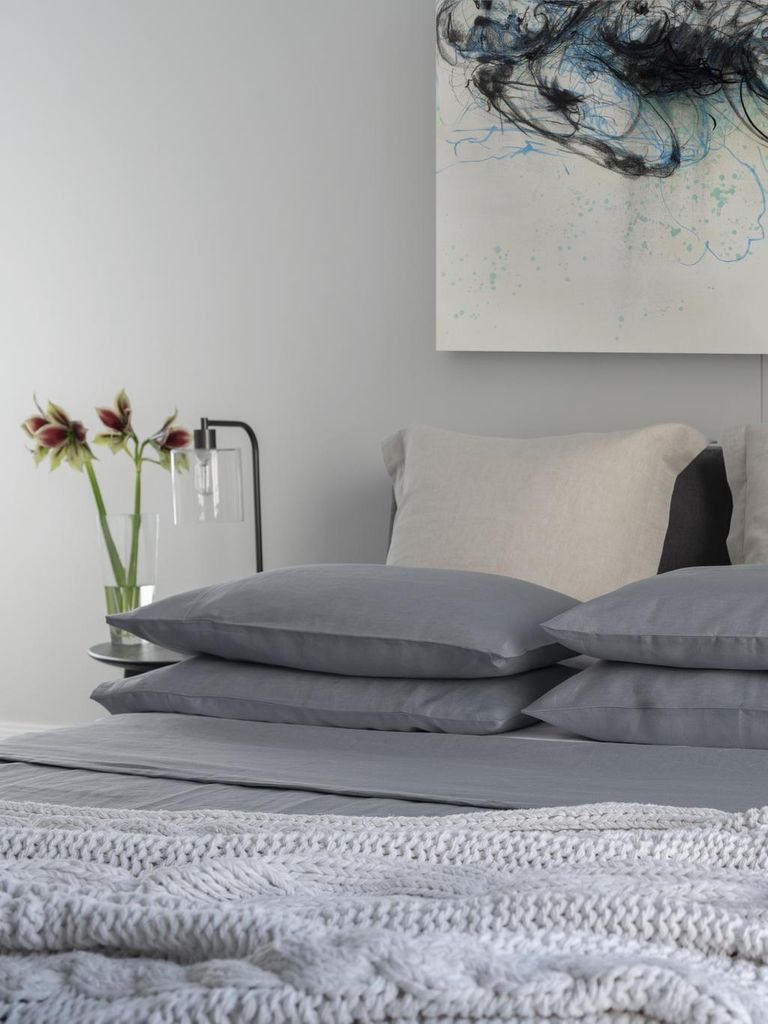
This house in Camperdown was designed by Andrew Waller for comfort all year round. mrwaller.com Picture: Nicholas Watt
If there’s no budget for a big renovation or you’re renting, there are still options for staying warm without turning on the heater. Open the curtains during the day to let the winter sun in and draw them as soon as the sun goes down. You can create zones which are easier to heat by attaching ready-to-hang curtains between spaces. If you’re in a single-person household, heating the person rather than the room makes the most sense. Add extra layers, buy some quality slippers and avoid sitting down for long periods. If you haven’t already, make the switch to a winter quilt for the bed. Traditional feather down quilts have a life between eight and 15 years. Look for a baffle construction that prevents the filling shifting.
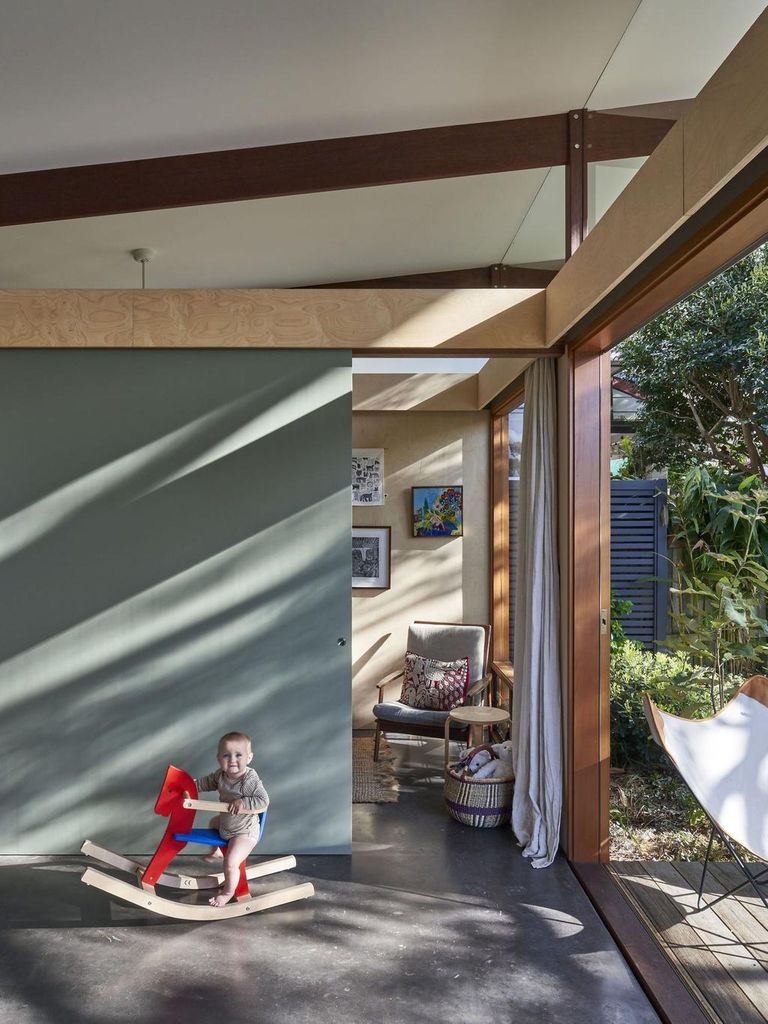
Trees can help moderate temperatures in the house. Instagram: avashirley.architect Picture: James Deck and Michael Nicholson
This small freestanding house was designed by architect Ava Shirley to accommodate the existing angophoras on site. Trees that allow the winter sun through to living areas during the day but protect the house from the worst of the heat in summer are a great way to regulate indoor temperatures, says architect Josephine Hurley.
“Deciduous trees are particularly good for this purpose,” says Josephine. “You get the shade in summer and then the leaves fall and the sun comes through in winter.”
If you don’t already have trees in your garden, it’s worth getting some professional advice before you plant something too big, too intrusive or too close to the house.
Glass windows can be the best or worst enemy for those trying to stay warm in winter. Architect Josephine Hurley says Australians don’t have a great track record with double glazing, which slows down heat transfer by creating a pocket of air between the two panes of glass.
“We don’t use double glazing as much as we should,” she says. “The Europeans use it really well. We also don’t seal our houses well, which lets the heat out.”
Window coverings, like the honeycomb Duette blinds by Luxaflex can help prevent cold air from entering the room once it has hit the glass. Josephine says placing external shutters on the windows can be even more effective in preventing the cold from coming in — and it slows the heat transfer in summer.
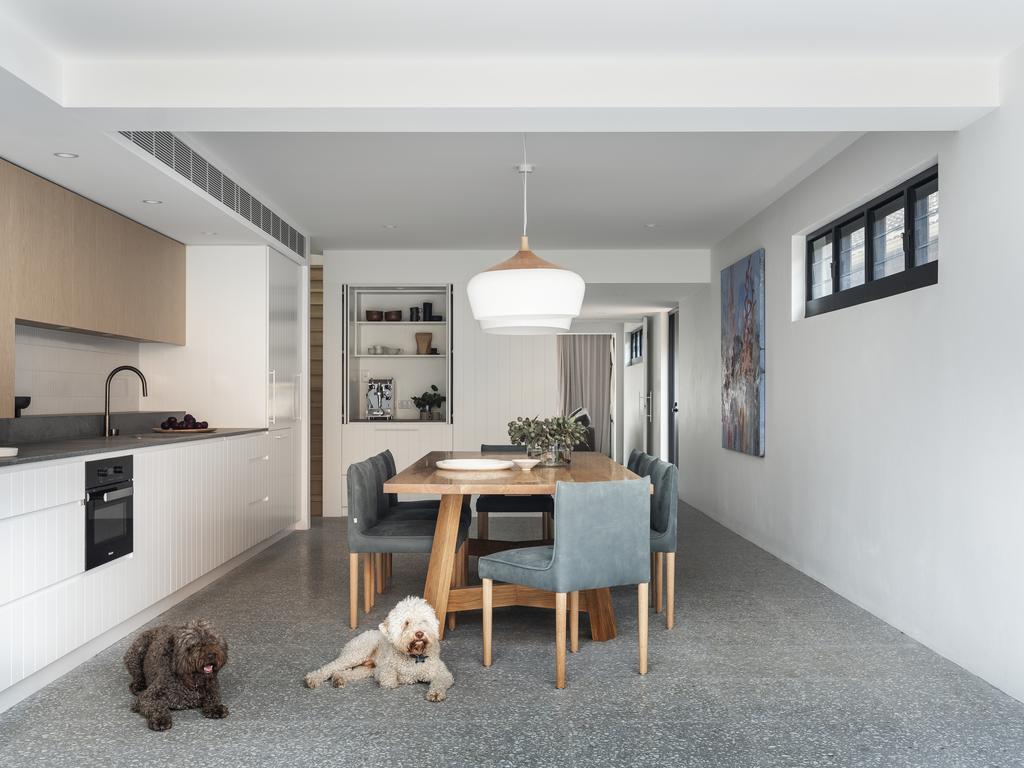
A concrete slab like in this North Bondi house renovated by architect Josephine Hurley, will help retain heat in winter, josephinehurley.com Picture: Tom Ferguson
Concrete slabs are not only a practical choice in many cases, but they’re a great way to manage temperatures, says Josephine Hurley, who designed this renovation in North Bondi. Where possible, she likes to go one step further and install underfloor hydronic heating.
“My first experience of hydronic heating was staying with friends and they were walking around barefoot in winter,” she says. ”It’s a beautiful, subtle heat that doesn’t dry out the air.”
josephinehurley.com
The post Building your house to increase warmth will help minimise bills appeared first on realestate.com.au.

